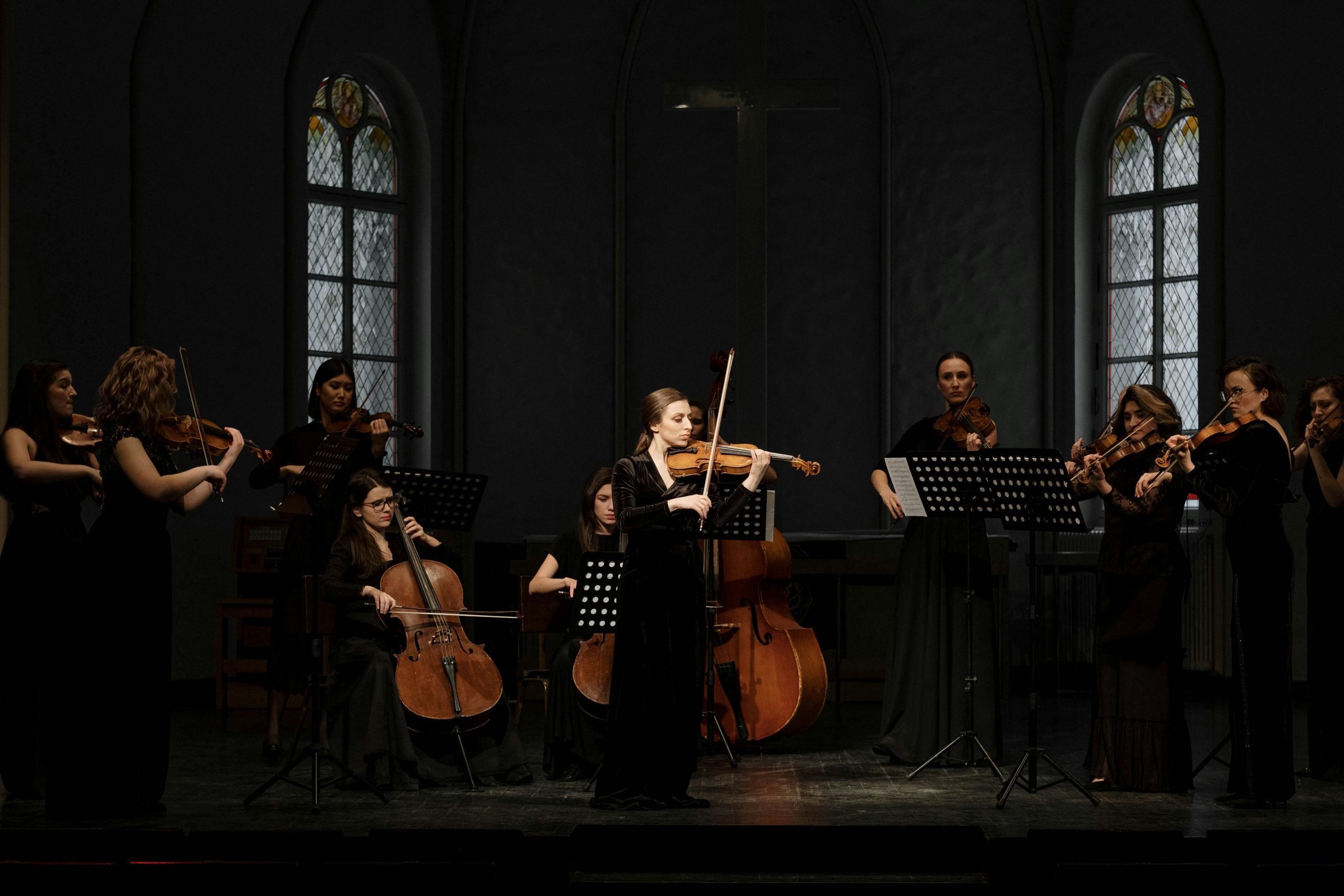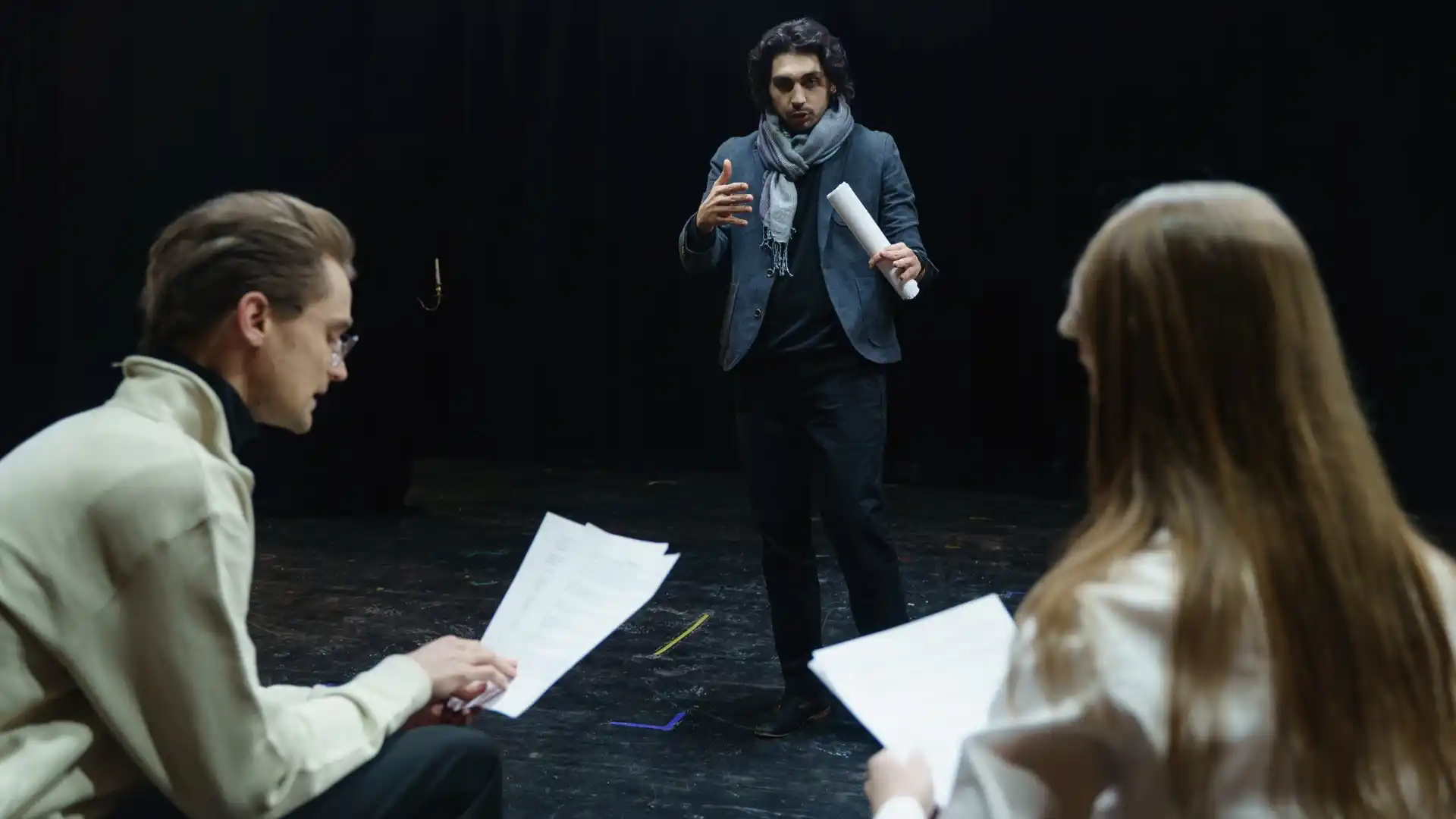Collage Animation
Collage animation is a versatile and visually captivating technique that involves piecing together various materials such as paper cutouts, photographs, and textures to create animated sequences.
This method allows artists to experiment with different textures, colors, and shapes, resulting in unique and engaging animations that stand out from traditional approaches.
Paint-on-Glass Animation
Paint-on-glass animation is a mesmerizing technique where artists paint directly onto a glass surface to create fluid and expressive animations.
The transparency of the glass adds a dream-like quality to the animations, and artists can explore a wide range of painting styles and techniques to achieve stunning visual effects.
Sand Animation
Sand animation is a tactile and sensory form of animation where artists manipulate sand on a backlit surface to create dynamic and evocative visuals. This hands-on approach allows for fluid movements and the ability to convey emotions and narratives uniquely and compellingly.
Sand animation offers a mesmerizing viewing experience that resonates with audiences on a deeper level.
Experimental 3D Animation
While 3D animation is a well-established technique in the industry, artists are constantly pushing the boundaries of this medium through experimental approaches.
By exploring abstract shapes, unconventional narratives, and innovative rendering techniques, animators can create immersive and visually stunning animations that challenge traditional norms and captivate viewers.
Mixed-Media Animation
Mixed-media animation combines a variety of techniques, such as hand-drawn animation, stop-motion, and digital animation, to create visually rich and conceptually complex works.
By blending different styles and mediums, artists can push the boundaries of traditional animation and create innovative and visually stimulating content that resonates with audiences.
Augmented Reality Animation
Augmented reality (AR) animation merges digital animations with real-world environments, creating interactive and immersive experiences for viewers.
By overlaying digital animations onto live camera feeds, artists can blur the lines between the virtual and physical worlds, offering new storytelling possibilities and engaging audiences in unique ways.
Experimental Character Animation
Character animation is a fundamental aspect of animation, and experimenting with unique character designs and movements can lead to innovative results.
Artists can explore abstract character designs, unconventional movements, and non-traditional storytelling techniques to create animations that are both visually striking and emotionally resonant.
Interactive Animation
Interactive animation allows viewers to engage with animated content in real time, creating dynamic and immersive experiences.
By incorporating interactive elements such as clickable hotspots and responsive animations, artists can empower viewers to interact with and influence the outcome of the animation, blurring the line between passive viewing and active participation.
Experimental Motion Graphics
Motion graphics combine graphic design, animation, and visual effects to create dynamic and engaging visuals. By experimenting with techniques such as kinetic typography and data visualization, artists can communicate complex ideas and concepts effectively through motion graphics, creating visually striking and informative content.
Virtual Reality Animation
Virtual reality (VR) animation immerses viewers in interactive 3D environments designed for VR headsets, offering a new level of immersion and storytelling. By creating animations tailored for VR, artists can transport viewers to virtual worlds and allow them to explore and interact with animations in real time, providing exciting opportunities for experimentation and innovation in spatial narratives and immersive experiences.
Conclusion
Experimental animation techniques offer endless possibilities for artists to push creative boundaries and innovate in the animation industry. Embracing interactive elements, mixed-media approaches, and cutting-edge technologies like augmented reality and virtual reality can elevate animations to new heights of creativity and engagement.
Key Takeaways:
- Experimental animation techniques push creative boundaries and foster innovation in animation.
- Techniques like collage, paint-on-glass, and sand animation bring unique visual styles and sensory experiences.
- Mixed-media and experimental 3D animation blend various methods, pushing the limits of traditional animation.
- Emerging technologies such as AR, VR, and interactive animation offer immersive, real-time engagement with audiences.
- These approaches allow artists to redefine animation, combining creativity and cutting-edge tech for more engaging and innovative storytelling.
For those looking to further their skills in this dynamic field, consider enrolling in the NYU Animation Industry Essentials online course and certificate program offered by Yellowbrick to excel in the ever-evolving world of animation.








